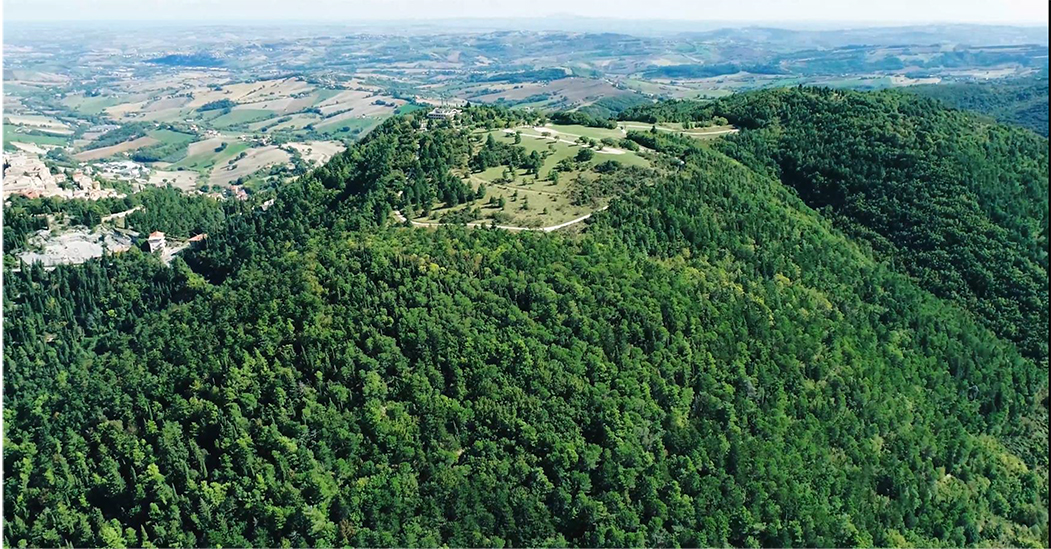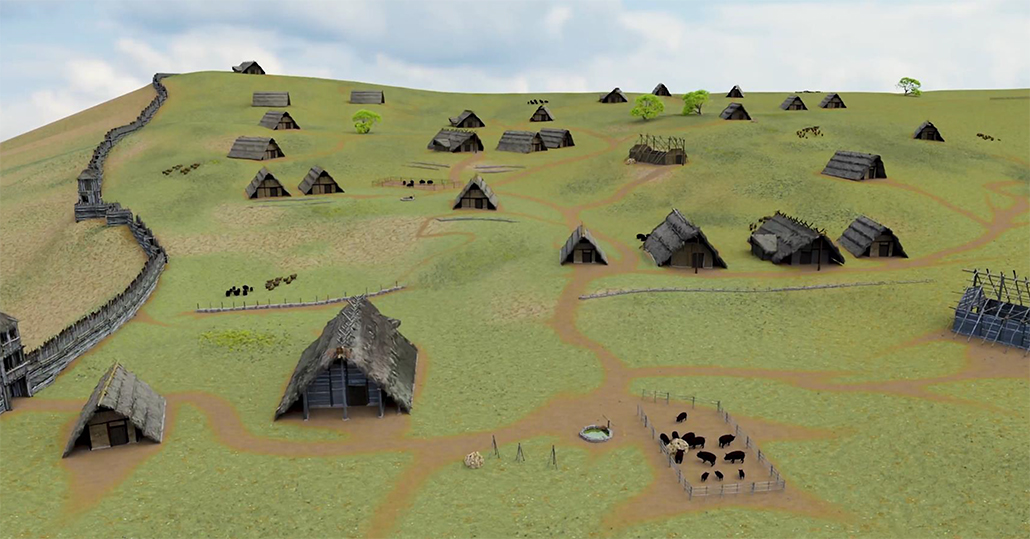- Home
- Project Apri sottomenù
- UPLAND ARCHAEOLOGY WORKSHOP Apri sottomenù
-
Abstracts
Apri sottomenù
- Wieke de Neef (Ghent University / Otto-Friedrich University Bamberg)
- Francesco Carrer (School of History, Classics and Archaeology, Newcastle University (UK))
- Umberto Tecchiati (University of Milan)
- Tesse Stek (KNIR - Royal Netherlands Institute in Rome)
- Riccardo Rao (University of Bergamo)
- Fabio Saggioro, Nicola Mancassola (University of Verona)
- Roberto Maggi, LASA (Laboratorio di Archeologia e Storia Ambientale), University of Genova
- Andrea Cardarelli, Andrea Conte (University of Rome "La Sapienza")
- Federico Zoni (University of Bergamo)
-
Short presentations
Apri sottomenù
- SHORT PRESENTATIONS PROGRAMME
- Putzolu et al., The 2nd Millennium BC in the northern Apennines
- Giorgi et al., New insights into the upland landscape of ancient Epirus, Southern Albania
- Carra, Subsistence economy in the Bronze Age in the northern Apennines upland
- Gaucci et al., Mapping mobility in the Apennines: The Reno Valley between the 6th-4th century BCE and the contemporary period
- Cirelli et al., Insediamenti di altura nell’Appennino Romagnolo e Toscano nel medioevo
- Betori et al., Amatrice: da castello a città
- Del Fattore, Upland landscapes and settlements strategies in the Central-Southern Apennines (1000 BC-2023 AD)
- Conversi et al., The site of Albareto cà Nova
- Bottazzi et al., Attorno al Monte Titano (739 m s.l.m.). Ricerche archeologiche e paleoambientali in Repubblica di San Marino
- Conversi et al., Il sito tardoatico – medievale d’altura della Piana di S. Martino , Pianello Val Tidone (PC)
- Cortesi et al., Archeologia dei paesaggi in una vallata appenninica: il progetto “Val Fantella” (Premilcuore, FC)
- Barbariol, Farms abandonment in Iceland
- Garattoni, Doss Penede (Nago, TN): progettare e costruire un insediamento minore nell’Alto Garda in epoca romana
- Santandrea, Detecting and Mapping Hilltop Sites between the Cesano, Misa, and Nevola River-Valleys
- Bonazzi et al., “Media Valle del Cedrino”: a region between uplands and plateaus
- Zanotti, Back to Monte della Croce
- Monticone et al., Un approccio di archeologia museale al ri-studio del sito neolitico di Chiomonte-La Maddalena (Piemonte, Italia). Revisione ed aggiornamento dei dati dal 1988 al 2023.
- Facciani et al., Exploring the funerary landscape of the Samarkand piedmont area
- Kaur and Poddar, Colonial Churches of Shimla: Public Archaeology as a Tool for Engagement and Outreach
- Datta, Upland Buddhist Monastic Complexes and the Pala Kingdom: Reviewing the Highland-Lowland Relationships in Ancient Bengal
- Staff
- Contacts
- Events calendar
- Seminars Apri sottomenù
- NEWS Apri sottomenù
Andrea Cardarelli, Andrea Conte (University of Rome "La Sapienza")
The central-northern Apennines in the Late Bronze Age: territorial systems and ritual aspects.
Abstract: The collapse of the Terramare at the end of Recent Bronze Age (12th c. BCE) had strong consequences in various neighbouring areas. In particular, in the territories of Romagna and in the Marche regions, which were strongly connected to the Terramare area during the Recent Bronze Age, a phenomenon similar to Emilia can be observed: the archaeological evidence indicates the abandonment of almost all settlements located in open positions in the plains or low hills and, at the same time, the occupation of the Apennine mountain areas, specifically of defended positions, endowed with wide visual control over the surroundings.
This new model of territorial occupation certainly entailed a decisive economic change: in fact, the mountain areas of the Apennines could not ensure an agricultural production comparable to that of the plains. Conversely, breeding and pastoralism probably assumed a greater weight. In the Middle Tyrrenian area, we can see a partially different transformation. A deep change in terms of economic and demographic is not recognizable, but a sensible growth of the number of settlements with natural or artificial defense seems to indicate a new asset. In Central Italy, during the Final Bronze Age, a significant change can be seen in the sphere of the political-territorial organization. The most important aspect of this new territorial arrangement concerns the possible existence of a territorial-political order that brought together a series of villages in larger political alliances or leagues. Real hegemonic centers with functions of coordination or recognized leadership cannot be clearly identified, but this role seems played by ceremonial centers located on dominant mountain peaks, able to control the neighboring territory and easily identifiable from a considerable distance.
Album

